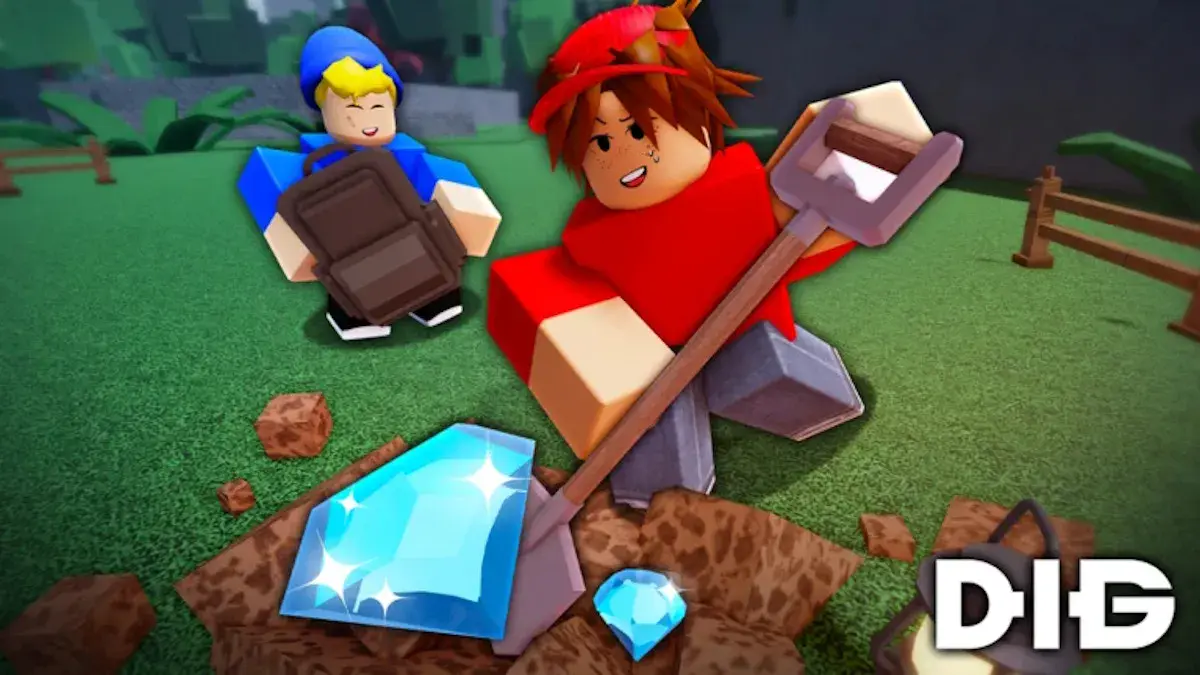Roblox’s 99 Nights in the Forest – Survival Guide

Surviving in Roblox’s 99 Nights in the Forest is a demanding journey—one that starts with building a humble shelter and ends with fending off the harshest threats the game can devise. Every night is deadlier than the last, and only those who understand the evolving risks, manage resources wisely, and adapt to new biomes will see dawn on the final day. This guide draws deeply from the latest updates and classic survival wisdom, giving you the clearest path to lasting as long as possible in the game.
Understanding the Day/Night Cycle and Biomes
The day/night cycle defines the rhythm of survival. Early days are a race for resources and safety, but dusk transforms the forest: predators intensify, hostile cultists emerge, and the supernatural takes root. Each day brings new hazards, and the arrival of fresh biomes—Volcano, Bat Cave, Grove, and Arctic—adds layers of challenge. These biomes are no mere backdrop, but vital sources of advanced materials, dangerous creatures, and environmental threats. In the Volcano, sudden eruptions and lava flows challenge even well-equipped survivors, while the Arctic saps stamina through freezing winds and scarce prey. The Bat Cave is a labyrinth of darkness, where swarms and elite predators surprise the unprepared. Navigating these regions demands more than brute force—you need planning, the right equipment, and a keen eye for timing day and night.

Early Survival: Building, Food, and Tools
Starting off, you must gather essentials at a rapid pace: wood and stone for crafting, berries and mushrooms for food, and shelter to keep the night at bay. The recent game updates have increased resource density in some starting areas, but they have also made enemies more aggressive during the first ten nights. Fire remains crucial—not just for cooking and warmth, but for repelling wild animals and increasing your safety range. Trapping and fishing have gained upgraded importance: advanced fish and rare animals unlock healing or stamina bonuses you will desperately need later.
As your survival progresses, use each safe day to farm, trap food, and upgrade your shelter, especially as the first milestone nights (10, 30, 60) approach. Invest in storage early, since storms or raids can quickly wipe out poorly protected supplies. Food scarcity spikes with each passed milestone night—maintain stockpiles, unlock crop farming, and always have a backup plan if foraging is blocked by weather or bosses. The introduction of farming plots and advanced fish species also rewards players who think long-term about their diet and nutrition.

Weapons, Defense, and Late-Game Preparation
The game’s weapon and defense systems have seen major updates. Crafting has grown in complexity, and the jump in enemy strength after each boss or event night is much more severe. The Old Axe and basic spear, your early lifelines, are insufficient past night 20. New drops such as volcanic ore, arctic pelts, and event tokens unlock advanced tools: Crossbow, Infernal Sword, defensive towers, spike traps, and more. Defensive architecture, like reinforced doors and energy barriers, now play a greater role, ensuring that base upgrades keep pace with rising threats—from nightly wolf packs to boss raids by cultists and supernatural monsters.
Understanding the unique attack patterns of different enemy types is crucial. Wolves work in packs, cultists break through weak points, while bosses like The Owl have unpredictable phases and demand both teamwork and strong gear.

Major Enemy Types and Hazards To Expect
- Wolves: Hunt in packs, rush defenses, and test base weak points, especially during early and midgame nights.
- Cultists: Break down walls, set traps, and raid your camp at scripted intervals, scaling up in number and tactics as you progress.
- Bats (Bat Cave): Swarm in darkness, sap stamina, and force you to use torches or special weapons.
- Volcanic Foes: Include fire-immune monsters and environmental threats like eruptions—require metal and fire-resistant gear.
- Arctic Predators: Tough, fast, and capable of causing freezing; demand constant fire and warm clothing for defense.
- Bosses (The Owl, Cultist King): Combine complex attacks, area-of-effect damage, and summon waves; preparation and cooperation are essential for survival.

Adaptation and Progression: Biome Mastery and Events
To thrive as the game advances, you need to master more than just weapons—understanding each biome’s rhythm and rewards is pivotal. For instance, volcanic regions are best tackled during daylight due to visibility and eruption windows, while arctic travel should be avoided at night when cold debuffs peak. The Bat Cave is most dangerous near boss nights, with increased spawns and stamina drains. Milestone nights bring chances for event bosses, new recipes, and rare drops—timing your preparation for these is the hallmark of experienced survivors.
Event mechanics have also become more intricate. Seasonal events, like Halloween or the Hedge Maze, feature time-limited enemies and loot, new types of traps or consumables, and badges tracking your progress. Event rewards can include cosmetics, powerful limited-use weapons, and permanent upgrades, making participation highly strategic as well as profitable.
Key Steps for Crafting an Effective Base
- Position your first shelter near renewable food sources and trees but away from obvious pathing of large enemies or environmental hazards.
- Build a campfire with upgrade potential; it will be your survival anchor on cold or dangerous nights.
- Gradually expand with stone, then metal reinforcements, utilizing materials from new biomes as they are unlocked.
- Add spike traps and defensive towers before the 30th night, when enemy raids begin to intensify.
- Always keep a backup stash of essential resources (wood, food, metal) in secondary storage—never all in one chest.

The path to surviving in Roblox’s 99 Nights in the Forest is never simple. It requires patience, strategy, and a willingness to adapt—whether that means adjusting to a sudden volcanic eruption, surviving a raid by cultists, or scraping together food during a blizzard. Mastering biomes, understanding how each enemy operates, building a base that evolves with each milestone, and never underestimating the value of a cooked meal are the true marks of a survivor. As the game grows more complex, learning from each defeat—and coming back stronger—is what separates those who merely survive from those who conquer the darkness on the 99th dawn. For the best gaming experience, play 99 Nights In the Forest on Roblox using BlueStacks!
Keep progressing in Roblox 99 Nights in the Forest with our other in-depth guides:
















